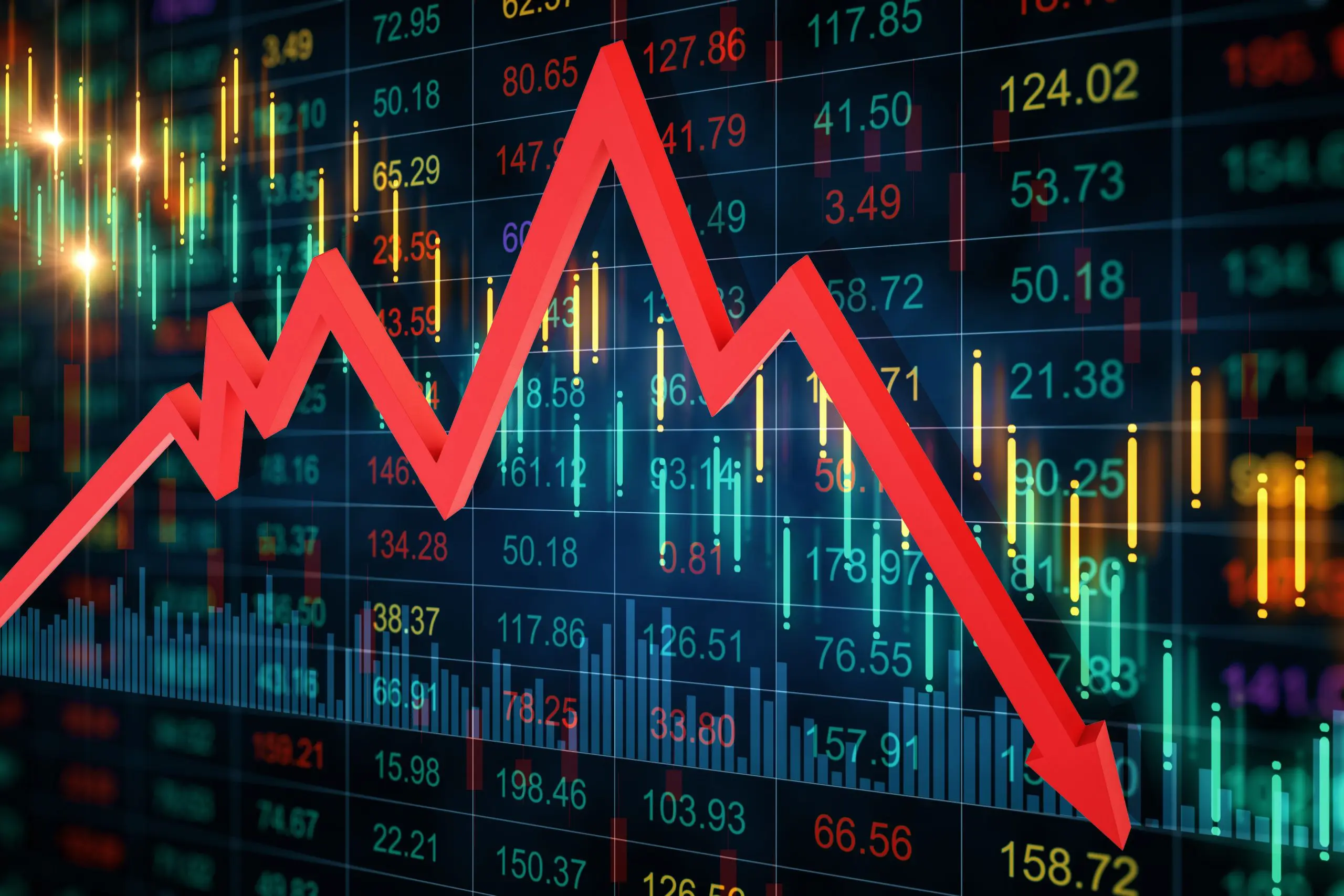Do you remember Aretha Franklin’s classic song, R-E-S-P-E-C-T? Part of the chorus went “Re-Re-Re.” Well, that’s part of our message today. To be better stewards of our world, Re-cyle, Re-use, Re-purpose and Reduce.
This article is the second of a two-part series on how each of us can be part of the effort to save the planet and counteract the effects of climate change. The first article, “Saving the Planet, One Step (and Investment) at a Time” discussed how you could invest in a way that supports your value system (without sacrificing returns). In this second article, we share ideas for how your values can impact your daily activities. These small changes can help cut your carbon footprint, reduce consumption, and limit the wasteful use of resources.
The issue of dealing with climate change is immense. It’s hard to believe that any of us can have an impact individually, but our cumulative effort can make a real difference. While none of us are likely to do everything on this list, it may help you change a few habits and become a bit more aware.
Recycling Reduces Our Carbon Footprint
Let’s start with something we’re all familiar with: recycling.
Many companies sell recycled products, so why not purchase from them and support their mission of sustainability? Buy toys from Green Toys, shoes from Allbirds or Rothy’s, unique watches from WeWood, and bags and travel accessories from LooptWorks.
Individually, many of us recycle at home, but there are some do’s and don’ts that are not well-known.
The most straight-forward items are glass bottles, aluminum cans, tin, and empty aerosol cans. They are recyclable but be sure to rinse everything out, so there is no food residue left inside, and leave the lids separate; do not put them back on the container.
Most newspapers, cardboard boxes, juice boxes, junk mail, paper bags, and other paper products are also recyclable, but some recycling companies ask that you separate them from other items.
As for plastics, that can get tricky. Take note of the triangular symbols on the bottom of your plastics. Inside that triangle is a number that identifies the resin code. For the most part, numbers 1, 2, and 5 are recyclable. That includes soda bottles, yogurt cups, and detergent bottles. Items marked with numbers 3, 4, 6, and 7 generally should not go into your recyclable bin, including Bubble Wrap, toys, PVC products, disposable plates, and Styrofoam. Plastic shopping bags are not recyclable, but many grocery stores and chains like Target and Walmart will accept them.
If you’re not sure, throw it in the garbage. Putting the wrong items in the recycle bin can contaminate the whole batch, adding to the millions of tons of trash that end up in our landfills and incinerators each year.
Reduce Consumption
Ideas for Reducing Water Consumption
- Turn off faucets while brushing your teeth or shaving. You could save hundreds of gallons a month!
- Fix that drip. A leaky toilet can waste 200-gallons a day!
- Do less hand-washing and pre-rinsing of dirty dishes. Newer dishwashers are Energy Star certified and far more efficient at handling grimy dishes.
- Take showers (not baths) and keep it to five minutes or less.
- Reduce outdoor watering (it accounts for almost 30% of household water use, according to WaterSense).
Ideas for Reducing Energy Consumption
- Install energy-efficient lightbulbs throughout your home. If every house in the country swapped out a single bulb, it would be equivalent to taking one million cars off the road in terms of reducing pollution!
- Use a programmable thermostat. Nearly half of the energy we use at home comes from heating and cooling, which contributes to climate change.
- Are you buying a new computer? New laptops use less energy than new desktops. And remember to turn it off every night.
- Use your smart TV to stream movies, not your game console, which uses ten times more energy.
- Keep the damper on your fireplace closed. Leaving it open is like keeping a window open all the time, which contributes to HVAC usage.
Re-Use
- Avoid bottled water, which is clogging landfills. Instead, buy reusable glass, stainless steel, or BPA-free plastic bottles.
- Bring reusable bags with you when you shop. The U.S. uses about 100 million disposable plastic bags each year, and 99% of them end up in a landfill, or our rivers and trees.
- When buying clothes, look for a fair-trade logo that shows sustainability. Purchasing this way may support your investing style if you are also investing in companies that value fair-trade.
- Seasonally, donate gently-worn clothing and accessories. Vintage clothing is quite trendy right now, and organizations that collect and re-sell these items rely on the proceeds to fulfill their missions. (Some companies even recycle old sneakers.)
Repurpose and Upcycle
If you’re creative enough, there are hundreds of ways to repurpose and upcycle old things. Pinterest and other creative sites list ideas and provide do-it-yourself instructions. These projects are a great way to instill your values into your children and grandchildren, as many of these projects are family- and kid-friendly. A few of the best ideas we’ve seen include repurposing old drawers into furniture, turning a vintage ladder into a nightstand, converting an old door into a vintage picture frame, turning an old lamp into a side table, and creating a hanging garden out of metal flower pots or coffee cans.
If you’re willing to spend some money, consider buying new, more energy-efficient appliances, installing solar panels, or buying carbon offsets to cancel out greenhouse gas emissions.
We haven’t even touched on cars, air travel, and several other major contributors to climate change.
This article is in no way meant to be a comprehensive list, so we’d like to hear your ideas too – big and small. Email us at [email protected], and we’ll distribute another post with the best of them. If you do not want your name included, please say so.
None of us can save the planet by ourselves, but small steps by each of us can make a huge difference. Let’s show our planet a little R-E-S-P-E-C-T.
This is part 2 of a two-part series that discusses how each of us can contribute to improving our planet. Read Saving the Planet, One Step (and One Investment) at a Time to learn how you can incorporate a socially-conscious style of investing into your investment portfolio. Sustainable, Responsible and Impact (SRI) Investing, also known as Socially Responsible Investing, allows investors to better control which companies they support.



